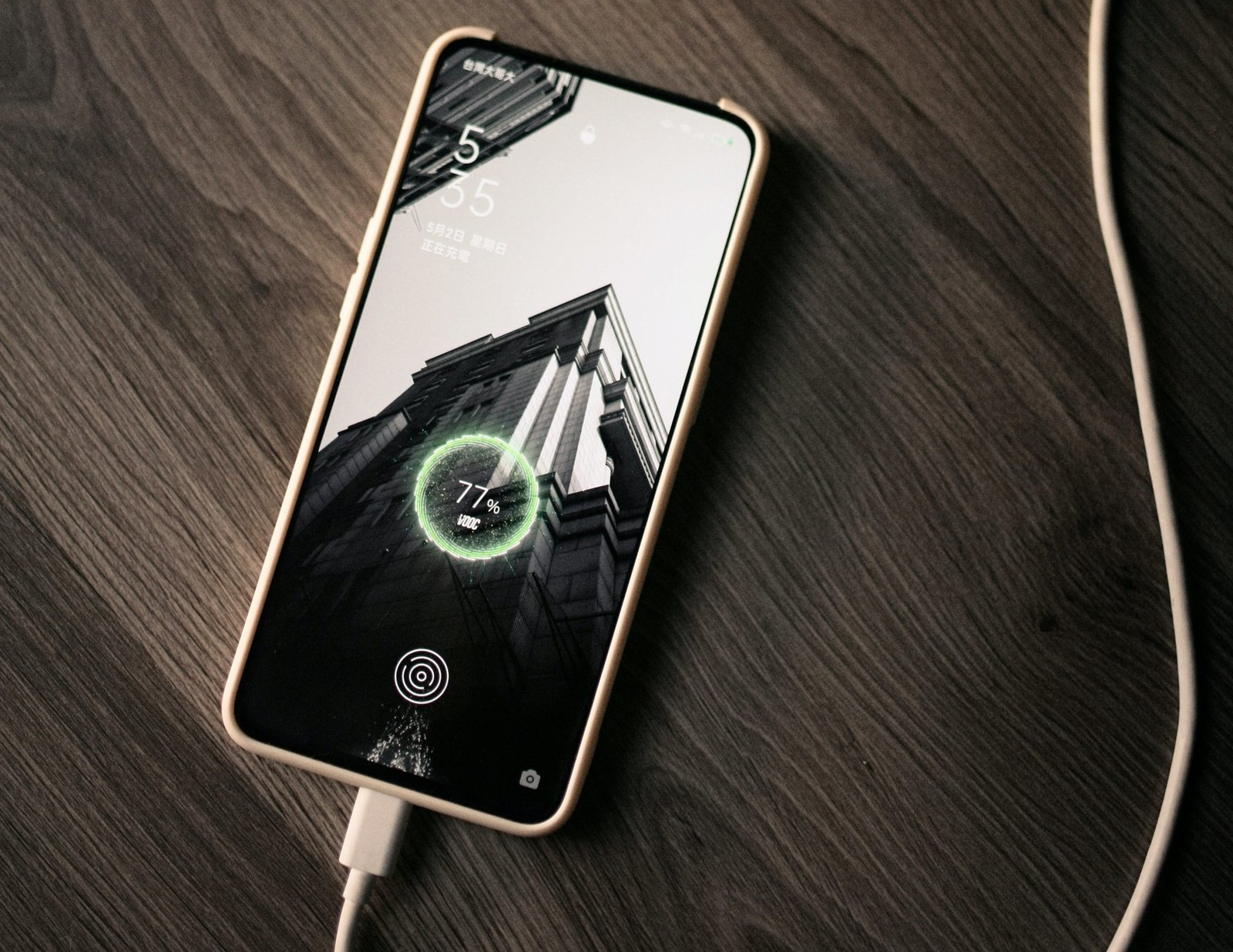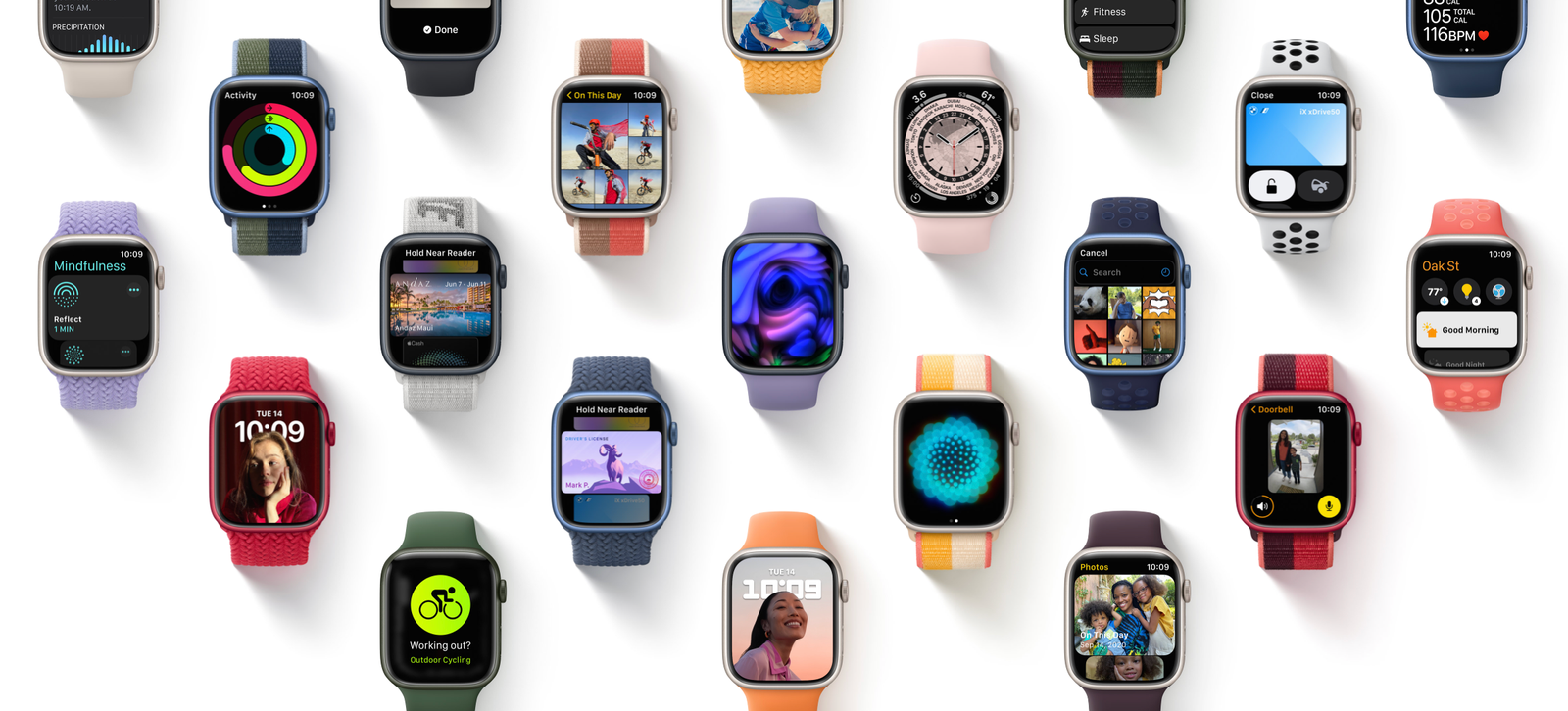Are you tired of constantly having to charge your phone? Do you wish there was a way to make your battery last longer?
Smartphones are an indispensable part of our lives today, but their use of battery power can be a source of frustration. As the need to stay connected and productive on the go increases, so does the need to manage our device’s battery life. With that in mind, here are 16 power-saving tips for Android and iOS devices that will help you maximize battery life and stay connected longer. Whether you’re looking to squeeze a few more hours out of your device or just want to extend its lifespan, these tips will help you do just that. From changing your display settings to managing background applications, these tips will help you get the most out of your device’s battery.
Table of Contents
Adjust Your Screen Brightness and Timeout
One of the quickest ways to conserve battery power on your phone is to adjust the screen brightness. Most phones these days have an automatic brightness setting, which will automatically adjust the screen’s brightness based on the lighting conditions around you. However, if you find that your phone’s screen is still too bright or too dim even when on automatic brightness, you can always manually adjust the setting to better suit your needs. Turning off automatic brightness and leaving your phone set on the lowest brightness level can conserve quite a bit off power. Indoors a low brightness should be suitable, but once you go outside, you may need to turn it up to making the display viewable.
Another way to save battery is to change your screen timeout. By setting a shorter time for your screen to turn off when inactive, you can reduce power consumption. The default time for most devices is usually set to 30 seconds or more, but you can reduce it to help conserve battery. On iOS, head to the Display & Brightness section of the Settings app and then select Auto-Lock to set your ideal time limit. On Android, go to Settings > Display > Sleep and choose the time you want. This is a simple way to save battery life without having to make any drastic changes. Anything lower than 30 seconds will probably annoying you if your doing anything more than checking notifications or doing some light reading.
Disable Unnecessary Features and Data Usage
Everyone wants thier device to do all the things it was advertised to do. Disabling features is something no one wants but it can extensively drain you battery. Many phones come with ‘beautifying’ features like parallax or video wallpapers that can quickly drain your battery. If these are enabled, consider turning them off until you need them again.
You can also limit data usage by turning off background data or Wi-Fi when you don’t need it. Turn off data roaming and reduce the amount of data used in streaming media and disabling background data access. Some apps even come with limiters in thier settings that let you choose the intervals for when you will allow them to download information by reducing the amount of data that your device uses, you can save a significant amount of battery power. It’s also worth noting that turning off your device’s GPS when not in use can also help save battery life.
Turn On Power-Saving Mode
What is the power saving mode? Power saving mode or low power mode on iOS can be one of the most effective ways to save battery life on your Android or iOS device. This mode can be found in the Settings app, under Battery > App Power Management. It will automatically switch to a power-saving mode when the device has about 20 percent remaining power. This will help to ensure that your device is not overworked and draining the battery too quickly. Additionally, you can adjust the settings to turn on and off at specified battery levels and set it to turn off automatically. If your in a situation where you know you need to conserve battery, turn on power-saving mode to get the most out of you battery.

Turn off wireless connection not in use
In addition to turning on power-saving mode, turn off as many wireless connections when that you can do without. This means if you’re not actively using Wi-Fi, Bluetooth, or cellular data, turn them off. Most devices come with connections turned on out of the box, like NFC. NFC is usually only used for making purchase transactions and is very simple to turn off.
Turn Off Your Phone When Not In Use
The next tip to save your battery life is to turn off your phone when you’re not using it. This is especially important if you’re in an area with poor cell phone reception, as your device will constantly be searching for a connection. Additionally, if you have apps that run in the background and are not in use, they will still be consuming power. Turning off your device when it’s not in use will help to conserve battery life and make sure that you get the most out of your charge.
Check Recently Installed Apps
It’s also necessary to take note of any apps you recently installed. Some apps have a habit of running in the background and consuming more battery than necessary. To ensure that your phone isn’t draining battery due to unnecessary processes, check which apps are running in the background and uninstall any that are unnecessary.

Unplug Your Phone Before 100%
Unplug your phone before it hits 100%. It’s ideal to unplug your phone before 100% and charge it before dropping to 20%. Doing this will help slow down the depletion of your battery’s life cycle. Additionally, consider battery cases and power banks if you’re constantly running out of juice. These can be a lifesaver when you’re in a pinch!
Use Airplane Mode
Airplane mode is another power-saving tip that can help you save battery life. Airplane mode will save some energy, particularly if you are on an airplane or somewhere where there is no coverage. If you do without calls, text messages or being constantly connected the internet, airplane mode can stop the battery drain of you phone constantly looking for signal and downloading infromation and updates.
Disable Unnecessary Notifications
In addition to disabling push notifications, you can also turn off location services, which use up your battery life when you’re not using them. To do this, go to your Settings app and then choose Location Services. Here, you can turn off any location-based services that you don’t need. Additionally, if you have an Android phone, you can set battery limits under Settings > Battery > Battery Saver. This can help your phone last longer and save some battery life.
Avoid Extreme Temperature
It’s also important to avoid extreme temperatures when using your device. Whether you’re on the go or staying in, make sure to avoid leaving your phone in very hot or cold environments. Being in extreme temperatures can reduce your battery’s lifespan, so it’s important to keep your device at a comfortable temperature when you’re using it. If you’re somewhere like the beach, consider folding a corner of your towel and tucking your phone in there (that also helps to avoid any saltwater damage). To save battery on your iPhone, you should reduce its brightness, shut down apps running in the background, and keep it at a stable temperature. This can help extend your battery life significantly, especially for devices with larger and sharper screens (that is, with more pixels).

Regularly Clean Out Your Apps
One of the most important power-saving tips for Android and iOS devices is to clean out your apps regularly. This means closing apps when you’re done with them and then deleting any that you no longer need or use. Developers upgrade their apps periodically, and part of the reason is to optimize memory and device battery life. Such updates are often tagged with power-saving features, so it’s a good idea to keep your apps up-to-date. Additionally, if you find that the battery life on your device has decreased over time, it may be due to inefficient apps. So, make sure to delete any apps you don’t need and keep the ones you do updated for maximum power savings.
Look for Special Modes Added by the Manufacturer
In addition to all of these tips, it is also important to look for special modes added by the manufacturer that will tweak various settings to extend the battery life. Many Android phones come with a battery saver or low power mode, which helps a charge last longer. This mode will adjust the brightness, limit data usage, and turn off wireless connections not in use. iPhones also have a Low Power Mode, which can be enabled in the settings menu. It’s worth taking a look at these special modes to see if they make a difference in your phone’s battery life. If you don’t use these features often, leaving them off could save you quite a bit in battery drain.
Consider Battery Cases, Power Banks or Fast Chargers
If you’re looking for an extra layer of protection for your device, consider investing in a battery case or power bank. Battery cases are designed to fit snugly around your phone and provide extra protection from drops and scratches. They also provide additional battery life, so you can get through a day of heavy use without worrying about running out of juice. Power banks are also great options if you need to charge your device on the go. They come in a variety of shapes and sizes and can charge multiple devices simultaneously. Investing in a battery case or power bank can help you ensure that your device always has enough power to get you through the day.
If all else fails, find an decent fast charger on Amazon. A good fast charger can power up your device in a fraction of the time a normal charger could.




